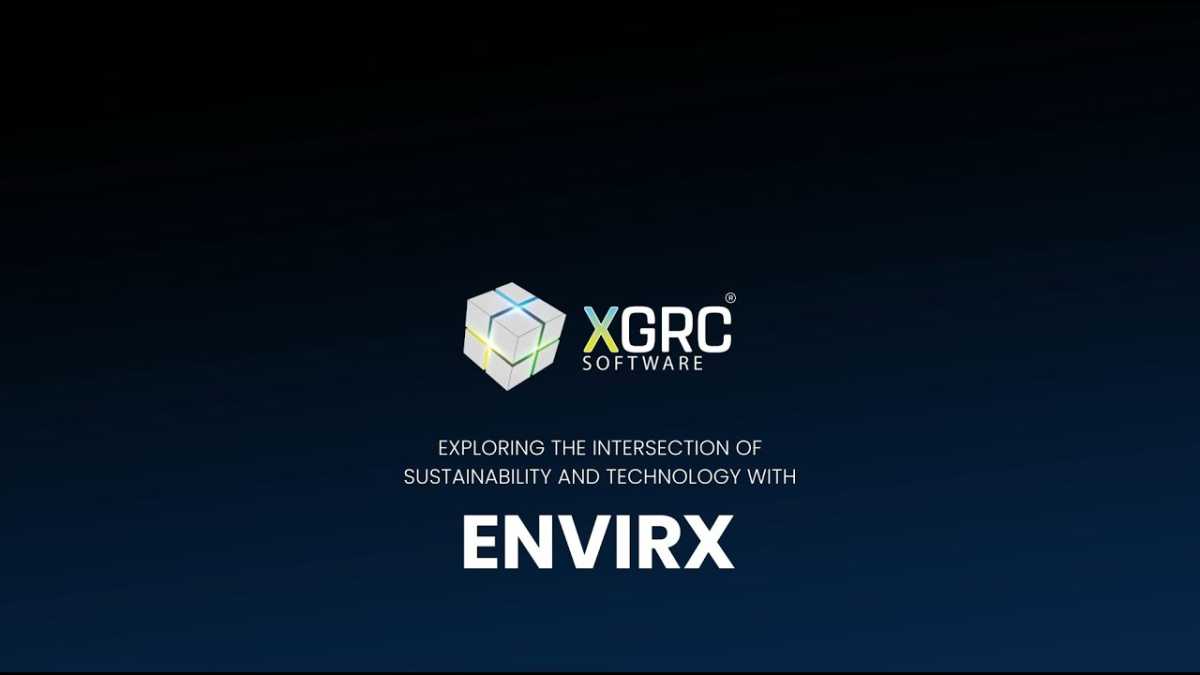Features
The Intersection Of Sustainability And Technology

In recent years, the world has witnessed a growing concern for sustainability and the urgent need to address environmental challenges. In parallel, advancements in technology have been transforming various industries and creating new opportunities. The intersection of sustainability and technology is a powerful combination that holds immense potential to drive positive change and contribute to a more sustainable future. This article explores how technology and sustainability intersect and the significant impact they can have together.
Renewable Energy
One of the most notable areas where technology is deeply intertwined with sustainability is renewable energy. Advancements in solar, wind, and hydroelectric power have made these sources increasingly efficient and cost-effective. Thanks to innovative technologies, we can now harness the abundant energy from the sun, wind, and water to reduce our reliance on fossil fuels and combat climate change. The development of more efficient solar panels, advanced wind turbines, and smart grid systems has revolutionized the renewable energy sector.
Resource Management
Another crucial aspect of sustainability is resource management. Technology plays a crucial role in optimizing resource utilization and reducing waste. IoT (Internet of Things) devices are used to monitor and manage energy consumption, water usage, and waste disposal in buildings and cities. Machine learning algorithms are employed to analyze data and identify patterns that can enable more efficient use of resources. By effectively managing resources, we can minimize our impact on the environment and create a more sustainable future.
Green Transportation
The transportation sector is a significant contributor to greenhouse gas emissions and air pollution. However, technology is driving the development of green transportation solutions. Electric vehicles (EVs) powered by renewable energy sources are gaining popularity, offering a cleaner alternative to conventional petrol or diesel vehicles. Additionally, advancements in autonomous driving technology are expected to improve traffic flow, reduce congestion, and enhance fuel efficiency. Integrating sustainable technology solutions into the transportation sector can help combat climate change and improve air quality.
Circular Economy and Waste Management
Technology is also revolutionizing waste management and promoting the transition towards a circular economy. Through innovations like recycling technologies, waste-to-energy conversion systems, and composting processes, we can dramatically reduce the amount of waste ending up in landfills. Intelligent sorting systems, powered by machine learning, can efficiently separate recyclable materials, further optimizing the recycling process. By embracing a circular economy approach, we can minimize resource extraction, lower waste generation, and promote the sustainable use of materials.
Smart Cities
As the world becomes more urbanized, the concept of smart cities emerges as a means to create sustainable and efficient urban environments. Technology plays a pivotal role in transforming cities into smart and sustainable ecosystems. Smart grids and energy management systems help regulate energy consumption, while sensors and data analytics optimize traffic flow, reduce energy consumption, and improve public services. By integrating technology into the urban fabric, we can enhance the quality of life for residents while minimizing the environmental footprint of cities.
Conclusion
Technology and sustainability are converging to address the pressing global challenges we face today. From renewable energy to circular economies and smart cities, advancements in technology offer innovative solutions to create a more sustainable future. Embracing these technologies and integrating them into our daily lives, industries, and infrastructure can have a profound and positive impact on the environment. As we continue to develop and adopt sustainable technologies, we move closer to a more sustainable and resilient world.










